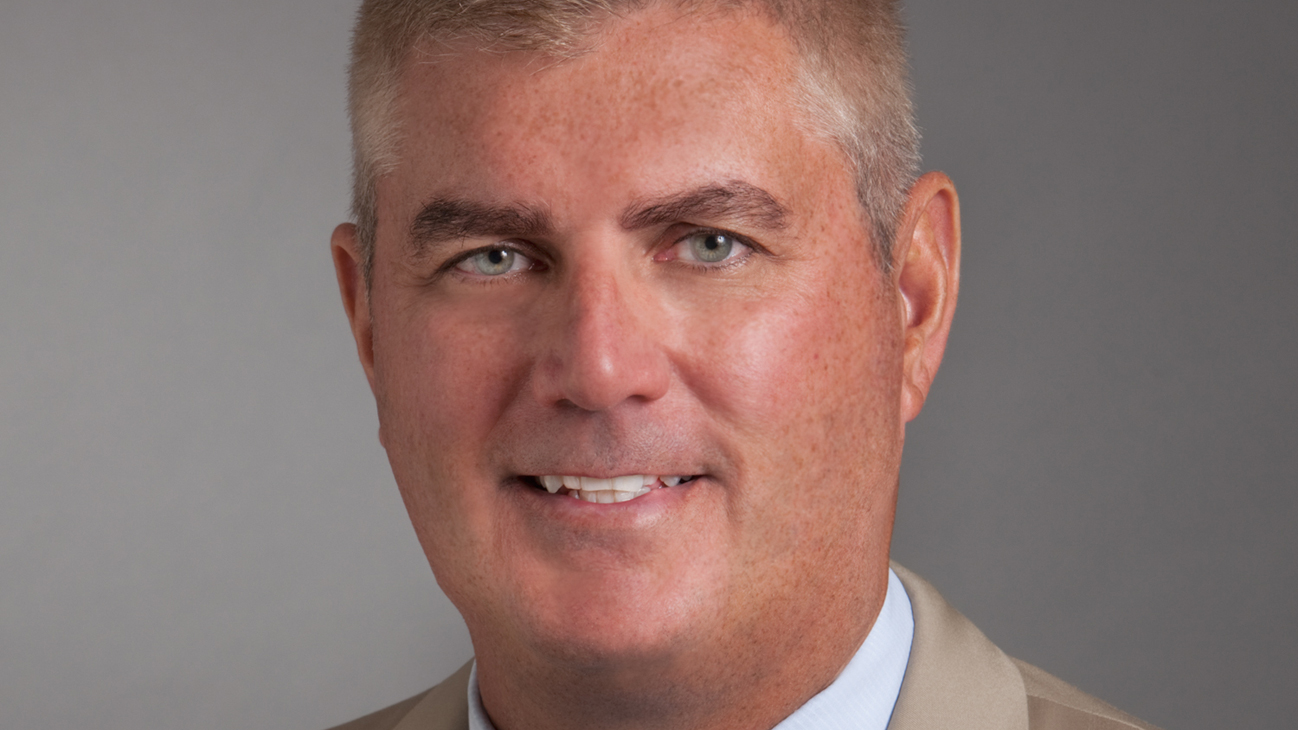Captain Michael Abrashoff took command of the worst-performing navy ship and crew in the Pacific Fleet and—within just one year—made it the best in the fleet. The challenges that faced him on the underperforming ship were staggering: low morale, high crew turnover, and dismal performance evaluations. What drove Abrashoff’s success was the realization that he needed to take a strong lead if things were going to improve. In his riveting talks, Captain Abrashoff details what he did to turn his ship around, and how business leaders can take his lessons to achieve results and success with their own “crews.” Here, Captain Abrashoff looks at the what makes the “new style” of leadership:
The neat thing about what I do is that I get to meet and learn from all sorts of people from all walks of life. Whatever my experience, I realize that I don’t know everything and more important, that I still have tremendous opportunity for growth as a leader.
Last week, I was chatting with my seat-mate on a flight and it turns out, he is a highly sought-after television director in Hollywood. He says his phone is constantly ringing off the hook from TV executives wanting him to direct their shows. I asked him why he was in such great demand – thinking he had some technical ability few others possessed. He said that had nothing to do with it. Instead, what he is known for is his leadership ability on the set in dealing not only with the highly paid actors, but also with the people behind the scenes, the grips, the caterers, the a/v guys and the like. It seems they have so much respect for him that they have become a disciplined and cohesive unit that meets or beats the demanding deadlines because they work well together and get it done in one take.
I told him that my impression of a television director is one of a dictator that barks orders to everyone. He told me that there are many out there like that but that the ones who are most in demand these days are the ones who can execute on budget while delivering an excellent product. I asked him his secret and he replied: “on our set, you don’t have to do it my way as long as your way is just as good if not better. What I make sure I do is to create a climate whereby people feel free to tell me their ideas and a climate where I will give them a respectful hearing.”
On USS Benfold, I never told anybody how to do anything. What I tried to do was lay out the requirements and then challenge the crew to come up with the plan to get us there. One of our most challenging requirements on a destroyer is to accurately place ordnance on target. With lethal weapons, you don’t want to miss because innocent people could get killed and you could let a bad guy get away. So we practice and we practice and we come up with a plan and then we get graded. A perfect score on this particular test is 105 and my squadron commander made sure everyone knew that the ship he commanded previously still held the record in proficiency with a reading of 103.6. I could not tell the gunnery crew how to beat that score as beating it was thought to be unachievable. All I did was to tape his boastful email to the gun mount. The gunnery team got together and tore the entire process apart and figured out how to improve on every step. End result? They got a 104.4 which is thought to still be the Navy record. I could not have told them how to do it. All I did was create the desire to WANT to beat the record. They came up with the best way to do it.
We as leaders need to understand the chilling impact the “my way or the highway” leadership style has on innovation, creativity and performance. In a disruptive and uncertain business environment, you need every edge possible and smart leaders understand it starts with their crew.

